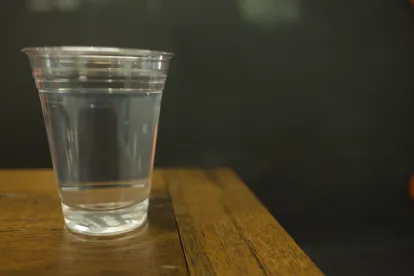On February 21, 2017, the Northwest Environmental Advocates (NWEA) filed a Clean Water Act (CWA) lawsuit in the U.S. District Court for the Western District that involves a number of pesticide active ingredients in addition to other chemicals. The lawsuit seeks to compel the U.S. Environmental Protection Agency’s (EPA) response to NWEA’s 2013 Petition for Rulemaking to Update the Water Quality Criteria for Toxics in the State of the Washington (NWEA v. EPA, No.: 2:17-cv-00263). NWEA asserts that Washington’s aquatic life water quality criteria (ALC) and human health water quality criteria (HHC) for many chemicals that are classified as “toxic pollutants” are outdated and inadequate. The chemicals at issue include the pesticide active ingredients acrolein, carbaryl, copper, diazinon, demeton, malathion, and methoxychlor. NWEA alleges that Washington’s continued use of outdated criteria violates the CWA and poses a risk to species listed as threatened or endangered under the Endangered Species Act (Act), specifically Chinook Salmon and Southern Resident orca whales.
Under the CWA, states develop and adopt water quality criteria and are required on a triennial basis to review and revise or develop new criteria if appropriate to protect designated uses (e.g., recreation, wildlife protection). As part of this triennial review process, states are required to consider any recommended new or revised quality criteria published by EPA. States may adopt the criteria that EPA publishes, modify EPA’s criteria to reflect site-specific conditions, or adopt different criteria based on other scientifically-defensible methods. Criteria are a component of water quality standards that inform the development of total maximum daily load (TMDL) calculations, discharge limits in permits, and management of nonpoint sources of pollution, including agricultural run-off. If state criteria are inadequate for the protection of designated uses, EPA may step-in to issue updated criteria, and can be compelled to promulgate criteria by citizen suit action.
NWEA alleges that Washington has failed to adopt HHC or ALC for several toxic pollutants since 1992. In November 2016, EPA published a final rule updating Washington’s HHC for toxics. 81 Fed. Reg. 85417. NWEA asserts that the revised HHC do not address the full spectrum of HHC, as updates for arsenic, dioxin, and thallium were not included. NWEA also argues that updated HHC do not alleviate the ongoing risk to aquatic life from Washington’s inadequate ALC. EPA has not responded to NWEA’s complaint.
It is unclear how EPA will respond to NWEA’s suit. Often a state will work simultaneously to develop its own criteria that will meet EPA approval. Registrants associated with the pesticides at issue should prepare for potentially forthcoming proposals of more stringent criteria. The proposal and promulgation of new criteria is a lengthy process and requires public notice and comment. It may well be at least two years before either EPA or Washington issues proposed updates for ALC. A compilation of the latest EPA recommended ALC is accessible here. The criteria values in the table provide some indication of the direction that may be taken in future updates.



 />i
/>i
